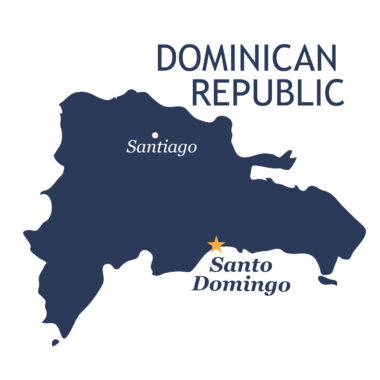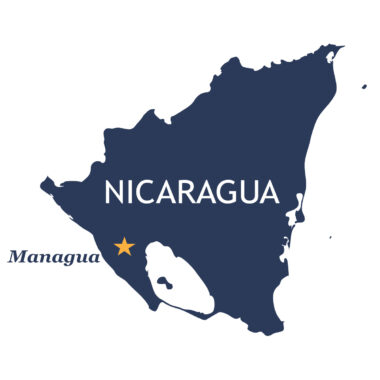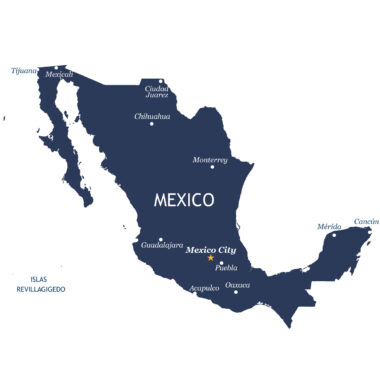Welcome to North America
Click a country to explore.
There are so many ways for your kids to learn about North America in their North America unit studies. Here are a few fun facts about North America and a breakdown of North America’s regions to get you started. Then you can start diving into the tasty food that the countries of North America have to offer!
Facts about North America
North America is the third largest of the world’s continents.
It is bordered by the Arctic Ocean to the north, the Atlantic Ocean to the east, the Caribbean Sea and South America to the south, and the Pacific Ocean to the west.
North America includes 23 countries.
The world’s largest freshwater lake is in North America: Lake Superior, on the border of the United States and Canada.
English, Spanish, and French are commonly spoken languages in North America. But, they are not native languages.
North America is one of three continents (along with South America and Oceania) that make up the “New World” of continents that were new to the 15th-century European explorers. However, they were quite old to the indigenous peoples who lived there long before explorers ‘discovered’ the areas.
While North America is home to less than 10 percent of the world’s population, its per-person consumption of energy is almost four times greater than the world’s average consumption.
North America extends to within 500 miles of both the North Pole and the Equator. Because of this, North America sees more climate variation than any other continent.
North America includes tropical zones where farmers harvest oranges, coffee, bananas, cocoa, and sugar cane. In warmer and drier climates, cotton is a staple crop. These regions are also ideal for livestock ranching.
The cooler temperate zones are ideal for fruits like apples and peaches. They are also ideal for the dairy industry, as well as corn and wheat.
Regions in North America
North America is often divided into regions based on physical properties.
When kids learn about North America for a classroom or homeschool geography unit study, it may be helpful to break the North America unit into these sections.
Canadian Shield
This central and eastern region of Canada is a U-shaped region of exposed Precambrian rock (hard rock thought to be at least 1 billion years old). It extends from Lake Superior in the south to the Arctic Islands in the north.
This region is rich in natural resources and minerals. It is home to indigenous peoples, but it is not as highly populated as it is very rocky and not good land for farming.
Eastern North America
This region often includes Greenland as well as the eastern part of the United States from Maine to Florida. This region includes the Appalachian Mountains, which are rich in coal and other minerals.
Since this region lies on the coast of North America, seafood plays a large role in their recipes.
Great Plains
This is a region of flat land in North America bordered by the Mississippi River on the east and the Rocky Mountains to the west. It is mostly prairie and grassland in the United States and Western Canada.
With lots of open fields, this region is perfect for farming grain crops.
Western North America
This mountainous region runs from Alaska, down the western side of Canada (British Columbia), the Western United States, and Mexico. It includes the Rocky Mountains (the largest mountain range in North America), which is one range in a system of mountain ranges that stretch from Canada to the Isthmus of Panama.
Caribbean
This region between mainland North America and South America includes over 700 islands in the Caribbean Sea and on its border. (Belize, Guyana, and Suriname are also considered part of the Caribbean, even though they are mainland.)
Since this region is mostly tropical, major crops include sugar cane, bananas, coffee, root vegetables, and cacao.
Facts about North American food
The crops that indigenous peoples could grow in each of the regions greatly influenced early North American food. Then came the many ethnicities of colonizers and immigrants who brought recipes and ingredients from their homelands. The dishes of these newcomers changed based on the food they could grow.
All of this created the vast array of food you find in North America today.
There are many fun North American foods that kids can help make. Some flavors and ingredients may be new, but these tasty dishes are worth trying. You never know, you may find a new favorite dish!
We think cooking and enjoying a meal is the best way to learn about a new country and the culture of the people who live there!
Here are three easy dishes to get you started.
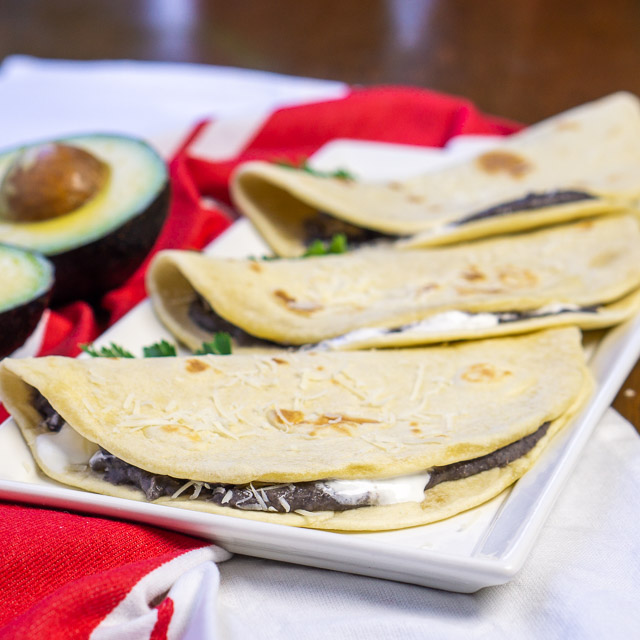
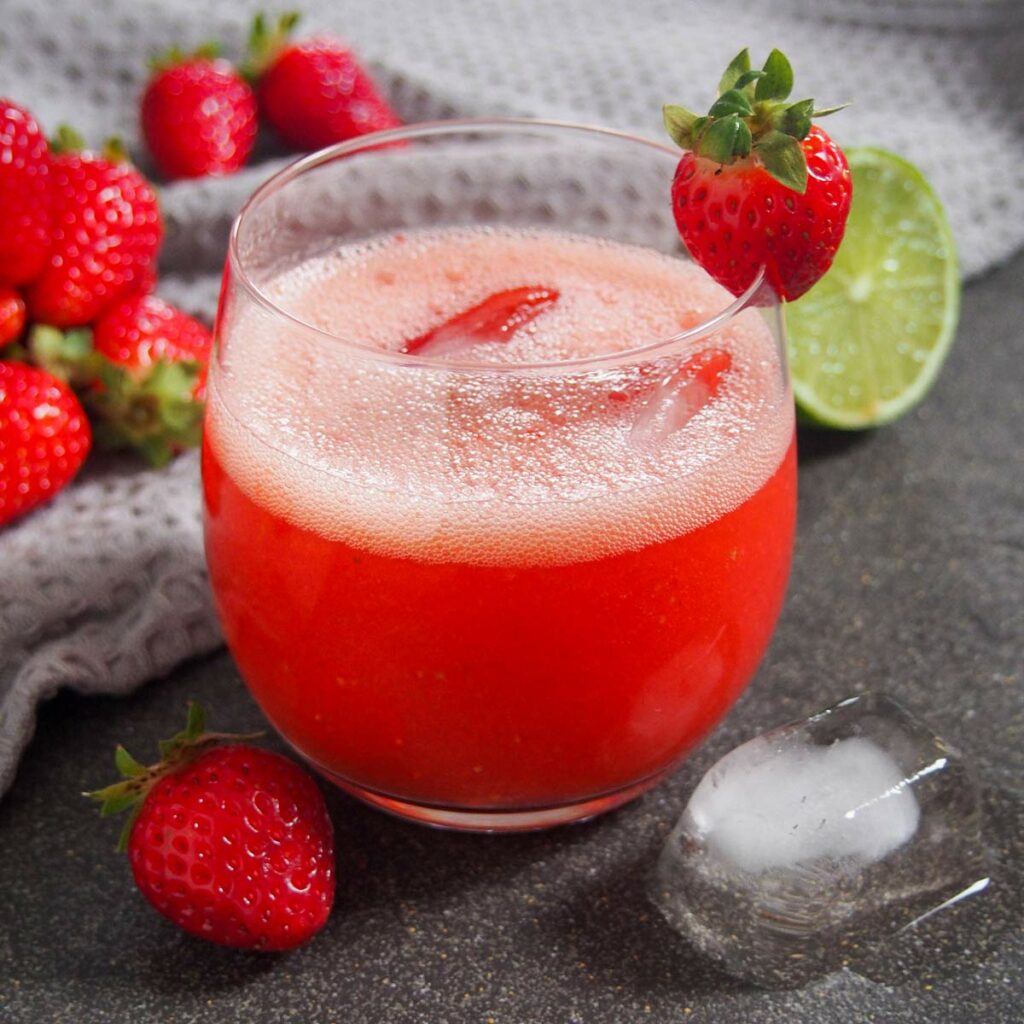
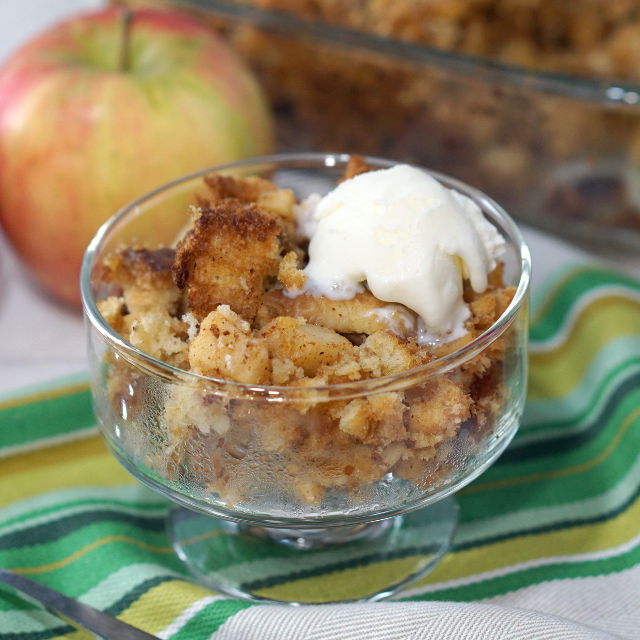
Explore North America
There are 23 countries in North America. We will be adding more soon!
Dominican Republic
The Dominican Republic is a North American country on the island of Hispaniola. Its cuisine reflects its many cultural influences.
Cuba
Cuba is the largest island country in the Caribbean. Dance, music, and food are an inseparable part of the Cuban way of life.
Nicaragua
Nicaragua is the largest country on the Central American isthmus. Corn, beans, rice, and tropical fruits are central to Nicaraguan cuisine.
Mexico
Mexico is a country in the southern part of North America. Its cuisine varies by region and is heavy on traditional dishes and ingredients.

